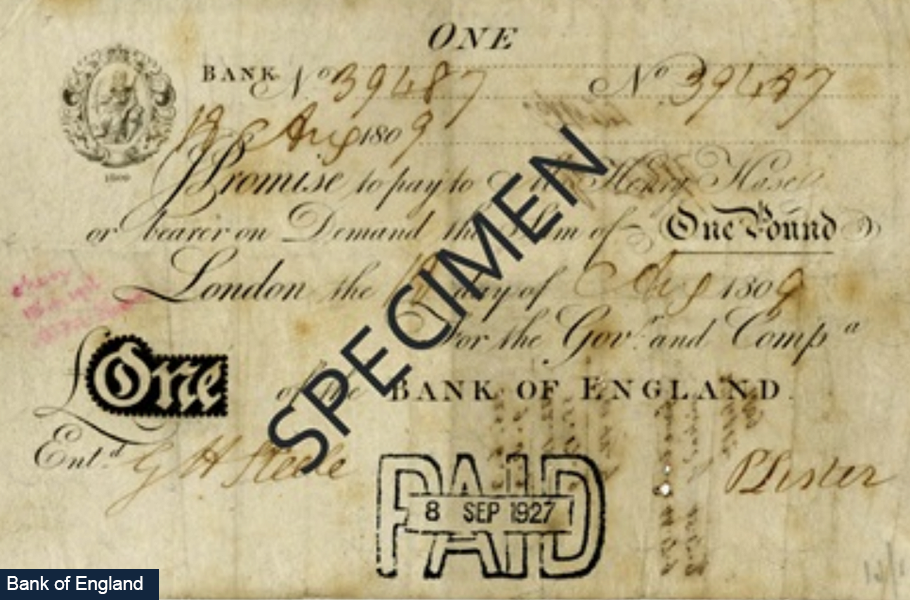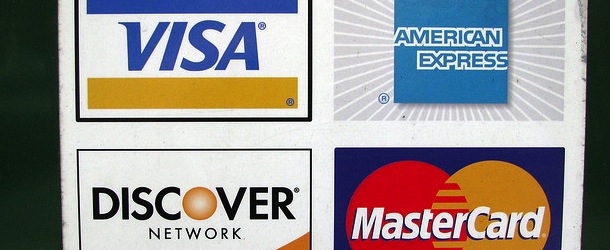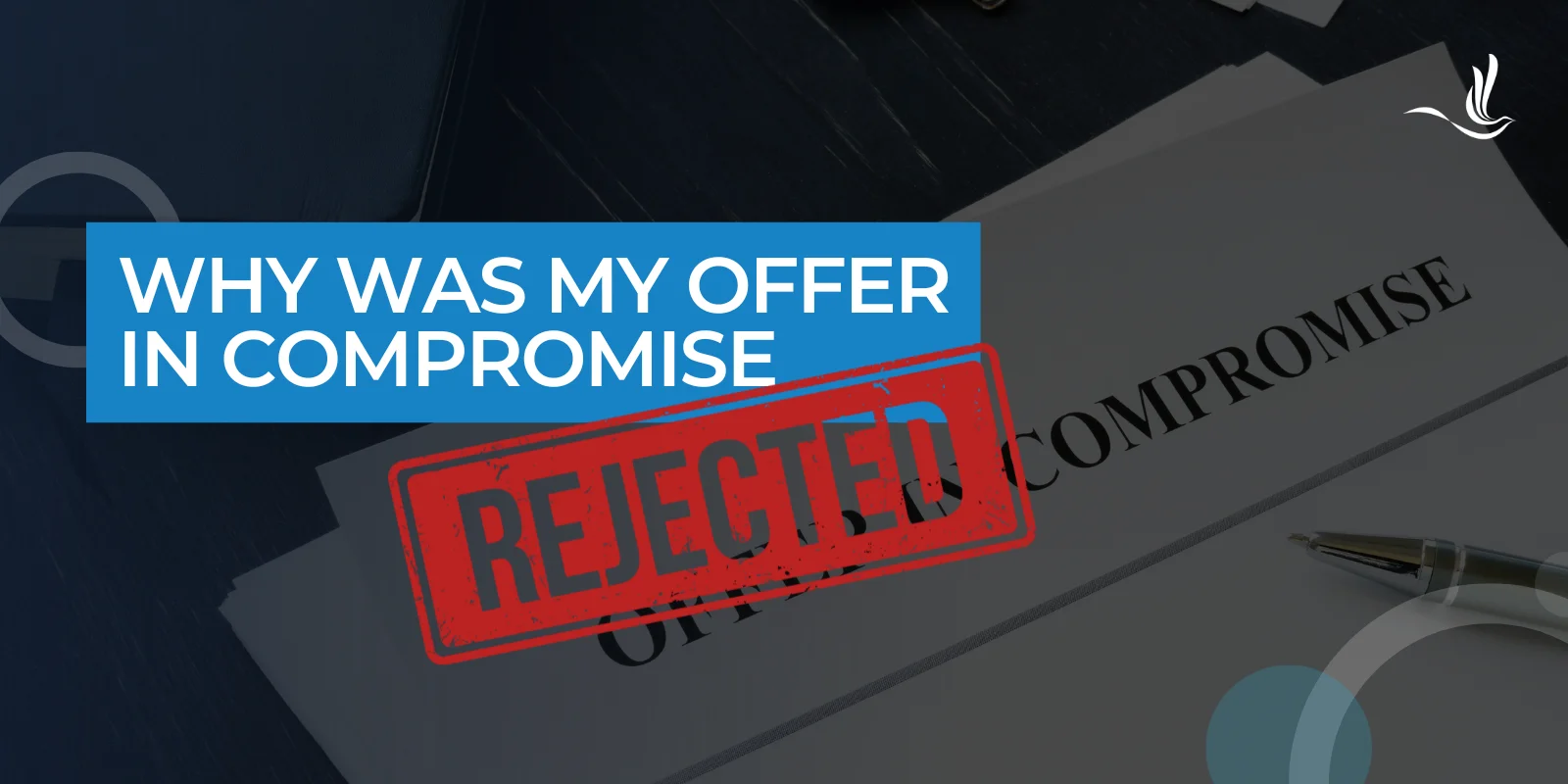David Rule
Digital currencies and stablecoins have increased interest in how new forms of money are adopted. Looking to three episodes from the 1690s to the First World War, this post considers how paper currency replaced coin in Britain, an historical example of adoption of new money. The underlying drivers were not technological changes but wars, leading to actual or feared shortages of coin, and a need to take specie out of internal circulation in order to meet overseas outflows. The public authorities took the initiative and created trust successfully in the new money. This is the first of a series of planned posts by Bank staff on past payment innovations.
Table A: Summary of three wartime periods when Britain broadened use of paper currency
| Period | Paper currency introduced | Scale of adoption |
|---|---|---|
| 1688–97: Nine Years’ War | 1694 first Bank of England notes issued.
1696 Exchequer bills issued as money. |
By 1697, c.£2 million Bank of England notes and c.£3 million Exchequer bills in circulation.
Coins in circulation declined from c.£12 million in 1695 to c.£9 million in 1697. |
| 1792–1815: Revolutionary and Napoleonic Wars | Bank issued £5 note in 1793; and £1 and £2 notes in 1797 (withdrawn in 1826). | Bank of England notes in circulation rose from c.£9 million in 1797 to c.£20 million by 1815.
Country bank notes increased similarly. Coin in circulation fell from c.£35 million to c.£24 million over the same period. |
| 1914–18: First World War | HM Treasury issued £1 and £10 shilling currency notes from August 1914 (replaced by Bank of England £1 and £10 shilling notes from 1928). | Currency notes in circulation reached £21 million by 27 August 1914; £38 million by end-1914; and £103 million by end-1915.
Large values of gold sovereigns were taken out of circulation eg £21 million in 1915 Q3. |
Why did the British authorities broaden use of paper money in these periods?
First, they feared a shortage of coins in circulation due to hoarding. In the 1690s, illegal clipping of silver coins, shaving their edges to melt down, was commonplace and the clipped coins drove high-quality coins out of circulation. The Bank of England’s Court of Directors lamented in August 1696 that, ‘the present want of specie is the common calamity of the whole nation’.
In February 1797, fears of French invasion following a landing in Wales, led to a run on country banks and a rush to convert notes to gold at the Bank of England.
In August 1914, following the outbreak of war, the banks hoarded coin in anticipation of possible depositor runs, paying out withdrawals in Bank of England £5 notes (the lowest permitted denomination). This led to a shortage of coin in the country. Austen Chamberlain MP complained in his diary that, ‘I have £5 notes but I cannot pay a cab fare’. HM Treasury was also concerned about bank runs, which explains the haste to issue £1 and £10 shilling notes and pass the legislation that made them legal tender. HM Treasury rather than the Bank of England issued the new notes partly to supply huge amounts quickly if needed as it was willing to lend them to the banks secured only by a floating charge over their assets. In the event, there was no widespread run. Although the majority of the currency notes were initially loaned to the banks, by mid-September most had been purchased and were backed by government bonds and bullion. The Bank’s Governors challenged the need for separate Bank of England and HM Treasury note issues. The Report of a Special Committee of Directors in 1918 concluded that it was ‘cumbrous and confusing… and liable to the danger that circumstances might conceivably induce a difference in public estimation… between the two forms of legal tender paper money’. Singleness of money was a concern of the Bank then too.
Second, the authorities were concerned about bullion outflows overseas. In the 1690s, England was sending large sums of silver to the Low Countries to finance William III’s war with France. The government ordered a recoinage in 1696 to tackle the problem of coin clipping. But this reduced coins in circulation further. Merchants responded by using notes issued by the recently created Bank of England. However, the government did not promote Bank of England notes as money. Rather in 1696 it launched its own Exchequer bills, partly to raise funds and partly as another paper currency.
In 1797, the government was again concerned about wartime drains of bullion overseas. Britain was once more paying subsidies to foreign allies. Moreover, in 1797 the French revolutionary government restored its coinage following the hyperinflation of its paper currency, the assignat, causing the price of gold in France to exceed the official British price. In February 1797, William Pitt’s government suspended the convertibility of banknotes into gold at the Bank of England. The Bank issued £1 and £2 notes, seeking to replace coin with paper currency for everyday transactions for the first time. Studies of pickpocketing cases at the Old Bailey have shown that the adoption of low-value notes was widespread. But nonetheless Parliament withdrew the £1 note in 1826 because of concerns about inflation, leaving the smallest denomination bank note at £5 and most low-value transactions again settled in coin until 1914.
Issuing currency notes in August 1914 was a precaution against a widespread bank run, but the currency notes were retained throughout the war in order to support the country’s bullion reserves. As the Economist concluded in September 1914, ‘by issuing paper currency we have drawn on the gold reserves of the nation, previously in active circulation’. Appeals to the public to pay gold sovereigns into their bank (from where they were transferred to the Bank of England) continued throughout the war as Britain increasingly exported gold to the United States to pay for war-related imports.
What brought success?
In each of these episodes, people had sufficient trust to adopt the new paper currency, inflation was contained, and transactions took place at or close to par value with coins – to use the current jargon, singleness of money was maintained. The British authorities drove each change. Success relied on the measures they took to encourage adoption by users.
First, they ensured that all payments that could be made with coin could also be made with paper money. In 1697 Exchequer bills became the first paper currency that could be used to pay customs and taxes. The 1914 Act of Parliament creating currency notes stated that they were legal tender for any amount.
Second, the authorities sought to build trust by appealing to wartime patriotism, with co-ordinated demonstrations of support. In March 1797, the Bank of England organised a large meeting of merchants at the Mansion House and gathered 3,455 signatures committing to accept the new banknotes in payment. Similar meetings were held around the country. The government issued an appeal to the public in August 1914 that they were, ‘earnestly requested in the national interest’ to exchange their gold coins for currency notes.
Third, the Bank of England invested in preventing forgeries of its banknotes and measures to check for forged notes. The minutes of its Committee of Treasury in 1797 record interviews with no fewer than nine individuals proposing new ideas in this area (none were adopted!).
The most important step was to commit against excessive paper money printing. Success was not inevitable as the hyperinflation of the French assignat in 1796 showed. One approach was to guarantee convertibility into coin. In 1697, for example, the Treasury raised a subscription fund of £400,000 to back the convertibility of Exchequer bills into silver. In 1914, the Treasury was careful to maintain the legal convertibility of currency notes into gold at the Bank of England. The authorities did not want people to convert in practice, however. During the First World War, the Bank actively discouraged conversion by appealing to patriotism. It obtained a Counsel’s opinion (the Treasury Solicitor disagreed) that it could refuse conversion to people who declined to give satisfactory answers about how they would use the proceeds.
In the Restriction Period from 1797 to 1821, the authorities did break the link to gold. But the Bank of England’s ‘real bills’ doctrine linked note issuance to production of goods and services; and its independence from government and reputation for prudence helped allay concerns that it might print money to finance the war.
To conclude, the exigencies of war, when hoarding of coin and outflows of bullion brought actual or feared shortages, led the authorities to push more widespread adoption of paper currency in Britain. Shortages of existing money were a bigger driver than attractions of new money. The authorities went to considerable lengths to ensure singleness of money between coins and paper notes.
Does this tell us anything about the likelihood of widespread adoption of new forms of money such as digital currencies and stablecoins today? Shortages of existing money seem unlikely. Widespread adoption might therefore require compelling attractions that pull people towards using the new money. Effective measures to build confidence in the new money and ensure parity with existing money might be important again.
David Rule, PRA Senior Advisor and Member of the Financial Market Infrastructure Committee.
If you want to get in touch, please email us at [email protected] or leave a comment below.
Comments will only appear once approved by a moderator, and are only published where a full name is supplied. Bank Underground is a blog for Bank of England staff to share views that challenge – or support – prevailing policy orthodoxies. The views expressed here are those of the authors, and are not necessarily those of the Bank of England, or its policy committees.
Share the post “War and payment innovation: the adoption of paper currency in Britain”
Publisher: Source link











